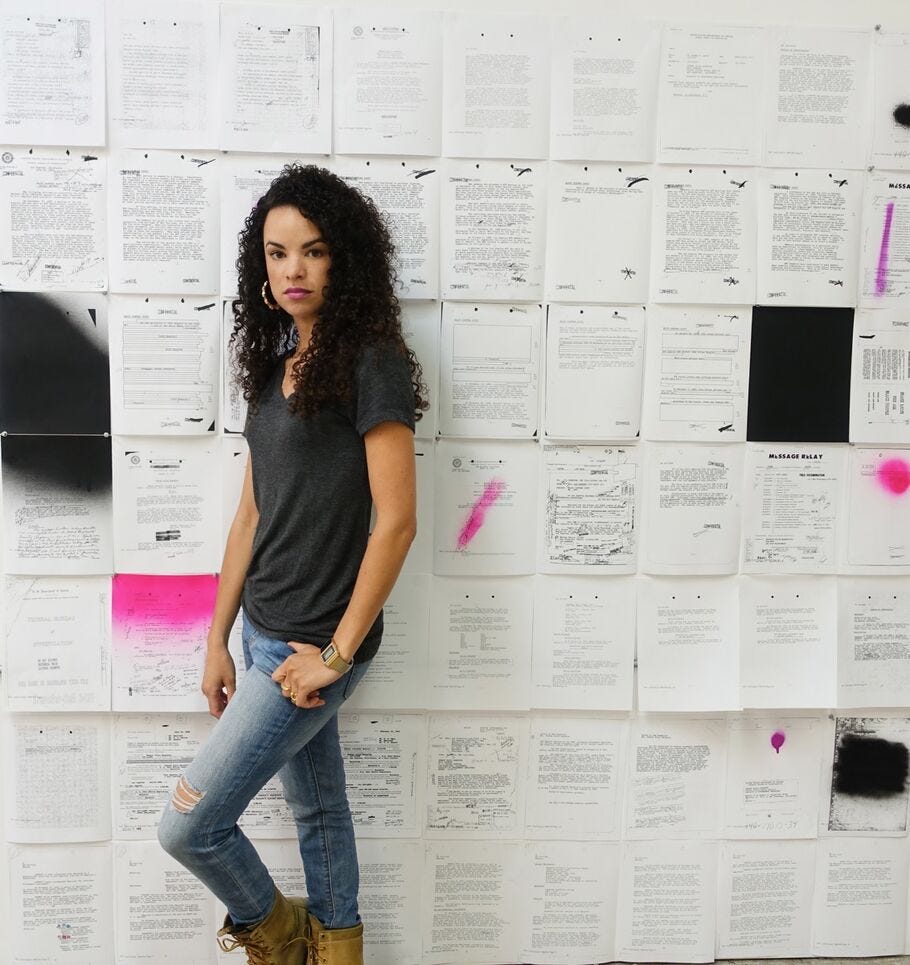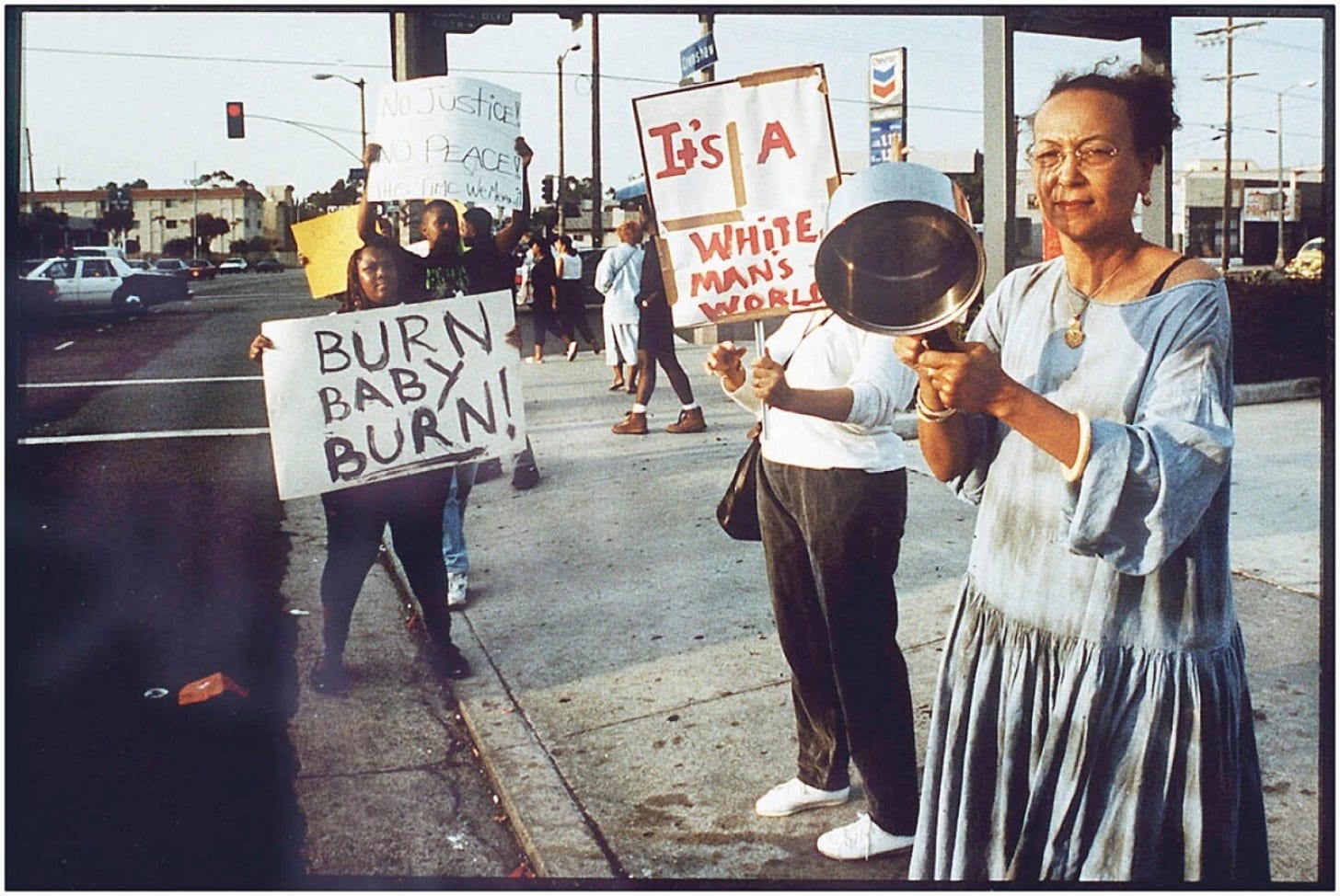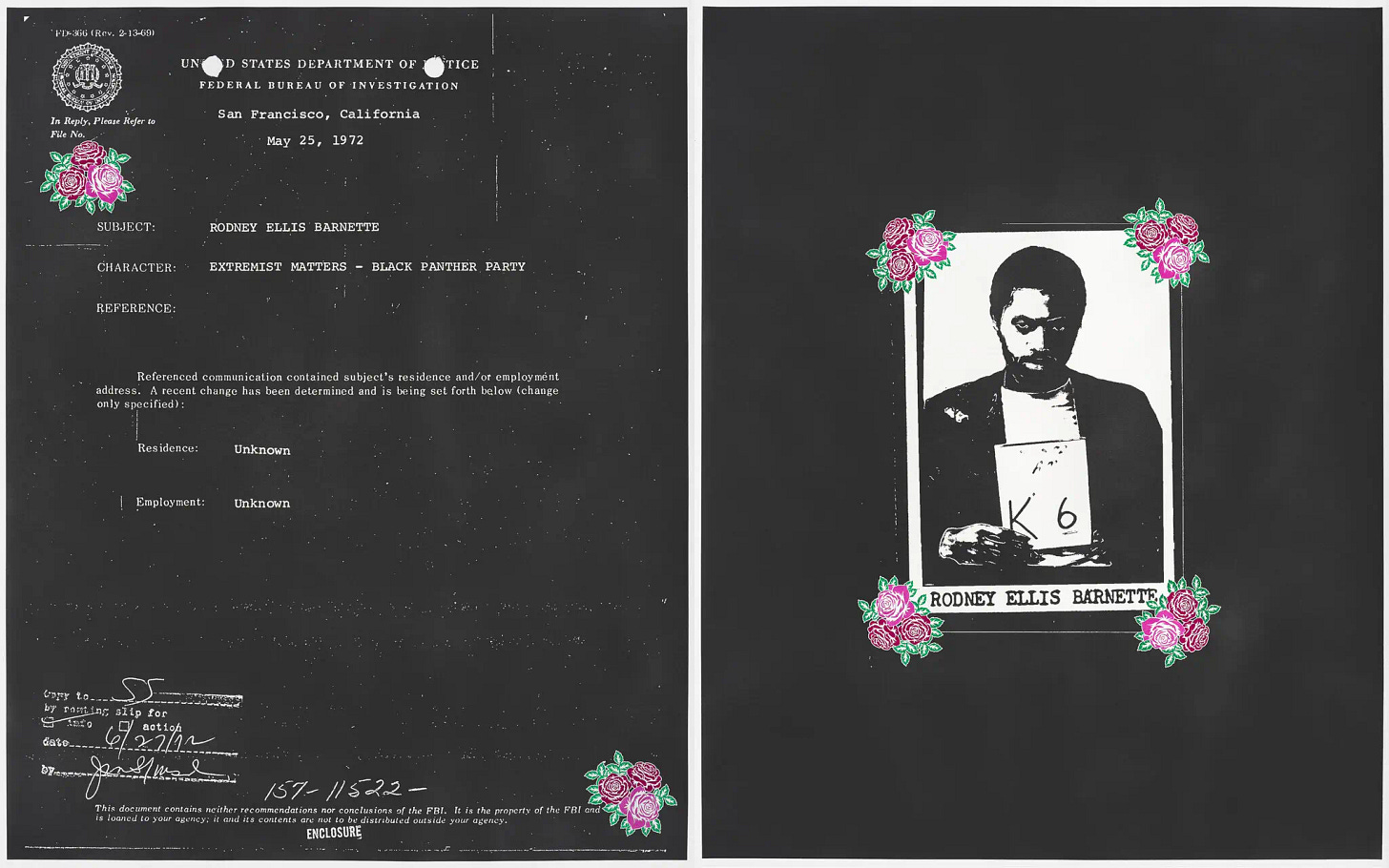“The state can't give you freedom, and the state can't take it away. You're born with it, like your eyes, like your hands, like your name.”
— June Jordan
The Panther’s Shadow
Oakland, 1969. You’re young, Black, just back from Vietnam—and hungry for change. You’ve just come home from Vietnam, trained by the U.S. military to fight abroad, only to return to a country at war with you. You’re a father, a veteran, and now a founding member of the Compton chapter of the Black Panther Party.
The world is shifting beneath your feet—Malcolm is gone, Fred Hampton is still breathing, for now. You’ve already seen the pattern: leaders who rise too high, speak too clearly, love their people too loudly—they disappear. Power doesn’t just legislate or patrol. It surveils. It infiltrates. It kills. Not by accident, but by design.
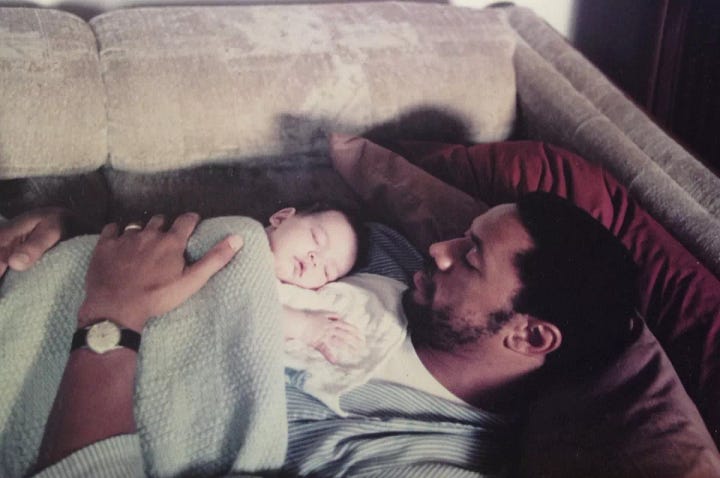

You pull your leather jacket tighter, feeling the weight of the Panther patch stitched across your back—a symbol, a threat, a promise. You organize Free Breakfast Programs, deliver food to elders, provide community defense not out of aggression, but necessity. Your weapon is not just a rifle—it’s the Ten-Point Program. The belief that Black people deserve housing, healthcare, education, protection. A future.
The Ten-Point Program wasn’t a declaration of war—it was a declaration of worth. It demanded what the Constitution claimed to guarantee but never delivered to Black Americans: full employment, decent housing, quality education, and protection from police. These weren’t fringe demands. They were basic rights. But in a country built on withholding those very things from Black communities, even survival was seen as subversive.
The kind of things many Americans assume are guaranteed. For Black communities, they weren’t. They still aren’t. This was a blueprint for survival, not supremacy. It asked the country to live up to its own promises—and that’s what made it dangerous.
But you’re not just seen by your people. You’re seen by the state. J. Edgar Hoover calls you “the greatest threat to the internal security of the country.” The FBI opens a file on you—not a page, not a folder, but 500 pages long. They follow you. Tap your phone. Interview your neighbors. Craft entire narratives to fracture your movement. They call it intelligence gathering. You call it what it is: a war on Black memory, Black unity, Black hope.
If this sounds extreme, that’s because it was. Through a secret initiative known as COINTELPRO, the FBI didn’t just monitor Black activists—they waged psychological warfare. Surveillance was only the surface. The real aim was to dismantle, discredit, and destroy.
They sent forged letters to sow distrust. They encouraged informants to spread rumors. They tried to break families, friendships, movements. Today, the tools are different—facial recognition, predictive policing, algorithmic bias—but the intent still echoes: to control, discredit, contain. It wasn’t just surveillance—it was sabotage, carried out by the U.S. government, in the name of “national security.”
You sense them at the edges of every meeting. You read between the lines of every letter. You learn to scan the room—not for enemies, but for plants. You trust your gut, but it’s exhausting. And still, you keep showing up. Because the alternative is silence. And silence has never saved you.
Decades later, your daughter Sadie Barnette submits a Freedom of Information Act request and receives your 500-page FBI file in the mail. Page after page of surveillance, suspicion, and silence. But she doesn’t flinch. She reframes it. Paints over the violence with glitter and neon pink. Hangs the file on gallery walls. She refuses to let the state control the narrative. In her hands, the archive becomes an altar. A record of resistance reborn as art.
The Fire Next Door: 1992 and the Cost of Forgetting
But let’s not skip ahead too fast. There’s a habit in America—a dangerous one—of skipping straight from the Panthers to hashtags, as if the smoky years between never happened. But I can’t. I won’t. Because skipping the 1980s and 90s is exactly how erasure happens. That’s how we end up vulnerable to the same old violence, dressed up in new uniforms.
Picture this: It’s late April, 1992. You’re in South Central LA. The city is vibrating with something electric and dangerous. You’re a kid, maybe, or a tired parent, or a teenager who can’t sleep because helicopters keep circling overhead. The TV is replaying the same grainy footage: Rodney King, a Black man, beaten on the pavement by police, again and again and again. The whole world saw it. And then, the verdict: not guilty. Not guilty. Not guilty. Not guilty.
The city didn’t just explode. It ruptured—out of jobs that vanished, schools that crumbled, police who turned neighborhoods into war zones. Latasha Harlins, fifteen, was shot in the back of the head over a bottle of orange juice. Out of the slow burn of being unseen, unheard, unprotected.
The news called it a riot. But in every house, every street, every corner store, it felt like something older—a reckoning, a rebellion, a scream that had been building for years. Sixty-three people died. A billion dollars in damage. But the real loss was harder to count: trust, safety, the feeling that maybe, just maybe, things could change.
The cameras packed up. The anchors switched topics. And what remained—anguish, organizing, rebuilding—was too messy for primetime. It didn’t fit the clean narrative of “law and order,” so it got cropped out of the frame.
For some, the LA rising is a footnote. For others, it’s family history. But the truth is, it was neither random nor sudden. It was a response to a justice system that repeatedly told Black people that their lives didn’t matter. When Latasha Harlins was murdered by a store clerk who was never jailed, that message echoed even louder. These moments weren’t isolated—they were connected by a long chain of unaddressed pain.
When we skip the 1980s and 90s, we skip the truth. We forget that surveillance didn’t stop with the Panthers. It just changed shape. The LAPD brought in new tech, new tactics, and new ways to watch and control. The state learned to call it “public safety,” but for Black folks, it still felt like an occupation.
The paper trail didn’t end—it just went digital. From COINTELPRO to the LAPD’s predictive policing software, the logic stayed the same: watch, control, suppress. Artists like Sadie Barnette trace that continuum—glittering the archive, stitching memory where the system wants silence.
When we forget, we make history easier to repeat. We let the architects of Project 2025 pretend that the only problems left are “ancient history.” We let the algorithms erase our stories, one skipped decade at a time.
But not everyone left when the headlines faded. Organizers in South Central formed coalitions, rebuilt schools, and demanded long-term investment. Groups like Community Coalition, led by Karen Bass, turned grief into governance—fighting for youth programs, addiction treatment, and policy reforms that still echo today. Even efforts like Rebuild L.A remind us that communities never stop dreaming of more. They just don’t always make the evening news.
Fast Forward: The Hashtag Generation
Cut to May 2020. Not Oakland—everywhere. Minneapolis, Atlanta, New York, Louisville. You’re holding your phone, thumbs flying, #BlackLivesMatter lighting up the screen. The world is watching George Floyd die, over and over, and the world is finally listening.
You join the march, mask pulled up, phone charged. The crowd flows like a river—tide and chant and breath moving as one, cresting with grief. You feel the surge of history, the echo of Panthers in your heart. But you also feel the eyes on you-not just the police helicopters overhead, but the invisible gaze of the algorithm, the silent watchers in government offices, the data brokers selling your location.
You post a video of a protest, and within minutes, Dataminr has flagged it for law enforcement. You organize a march in a “private” Facebook group, but doubt creeps in: who just joined? Whose name isn’t real? Your feed goes quiet.. Your face, your voice, your body—caught in a web of facial recognition and flagged keywords.
You wonder who will inherit your digital footprint. What daughter, years from now, will pull up your tweets, your protest videos, your government file—and make something new from the wreckage.
You remember Darren Seals—not just as a name, but as a firebrand. A Ferguson organizer, factory worker, and truth-teller who refused to be co-opted or silenced. He spoke out against police brutality, the commodification of Black pain, and the dangers of performative allyship. Then he was found shot and burned in his car in 2016. His case: unsolved. His death: fire and silence. His life: tracked, questioned, warned. His legacy? Resistance that refused to be bought or buried.
The Double-Edged Sword: Countersurveillance & Witnessing
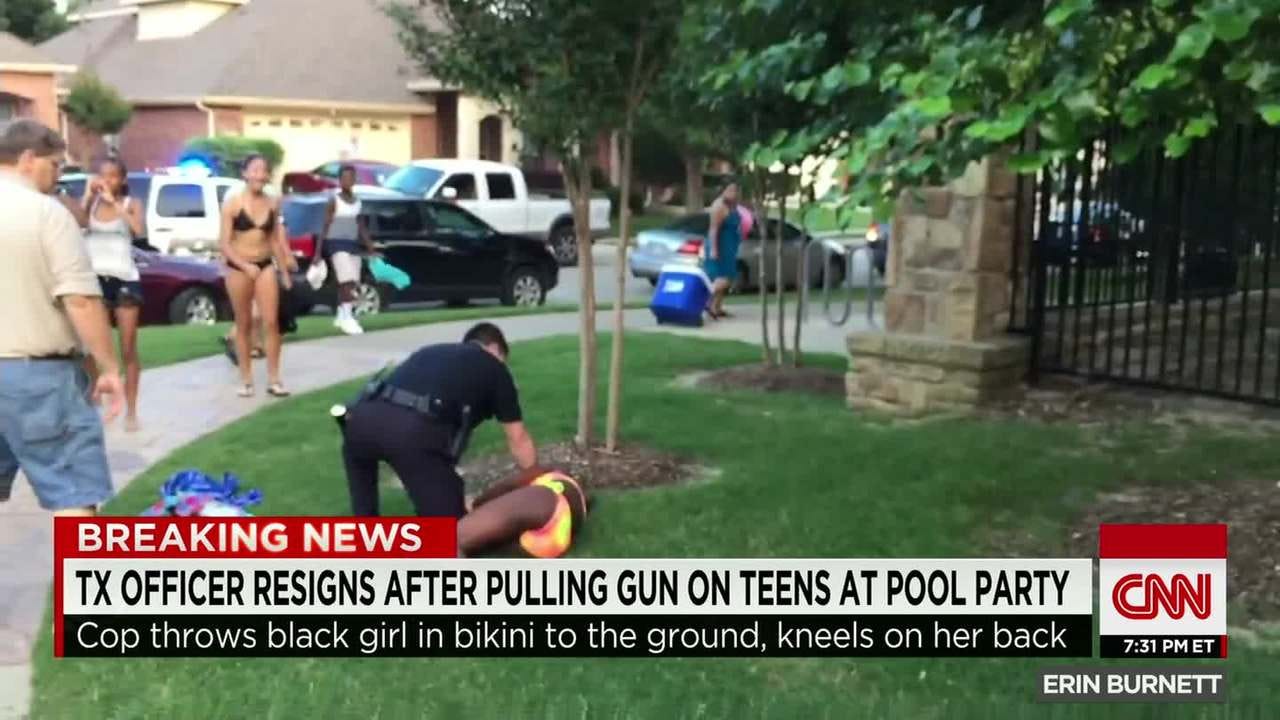
You hit record. A white officer has slammed a Black teenage girl to the ground at a pool party in McKinney, Texas. You don’t hesitate. You film. You post. It spreads.
The camera in your hand is a weapon, too. The officer resigns, and a settlement is paid.
You are part of Black Twitter—a digital congregation, a living archive that rewrites the record in real time. Here, Black voices set the agenda, mourn in public, drag the oppressors, and meme survival into gospel. You know the power of going viral-the way one video can topple a career, spark a movement, change a law. You also know the risk: that your face, your name, your location can be used against you.
You walk the line between visibility and vulnerability, every day. You live at the edge—seen enough to be heard, exposed enough to be hunted.
The New Old Threat
Now, take a breath. It’s 2025. The air is thick with old ghosts and new fears. Project 2025—a blueprint, drafted by right-wing think tanks, to roll back civil rights, erase diversity, and weaponize the machinery of government against people like you is here. You read the headlines: gutted affirmative action, criminalized equity work, the of shift in voting rights enforcement from civil rights experts to criminal prosecutors, to make “anti-white racism” the new national emergency.
You see the echoes of COINTELPRO in the language of “law and order,” the targeting of “critical race theory,” the push to erase Black history from classrooms and libraries. You see bills banning DEI programs, book bans sweeping through schools, and the threat of mass surveillance growing as new technologies are handed to old enemies.
You know that the tools of the past-rumors, infiltration, legal intimidation-are being updated for the digital age. You see the risk that your activism, your organizing, your very vote could be criminalized, surveilled, and suppressed. You see the machinery of the state shifting, once again, to “contain” people of color and immigrants, to shrink the space for dissent.
While the state’s tactics changed, the target didn’t. What used to be done with wiretaps and dossiers is now done with data and algorithms. The same logic—control, containment, criminalization—just got an upgrade. And we didn’t always see it coming. That’s how power works now: not just in courtrooms and jails, but in code.
But you also see something else: the lessons of history, the resilience of your people, the power of collective action. You remember how BLM protests in 2020 helped shift the outcome of a presidential election, how protest and presence can change minds and votes. You remember that every attempt to silence you is proof that your voice matters.
The Activist’s Dilemma
You keep moving. You organize. Protest. Document. You teach your children to question, to witness, to speak. Because storytelling is survival. Because every narrative you claim is a blow against forgetting.
You feel the weight of the past- the Panthers’ courage, the ever-present threat of being watched and misunderstood. You know that the fight is not just for yourself, but for the generations to come. You know that every gain is fragile, every right contested, every moment of safety provisional.
And yet, you persist. Because the alternative is silence, and silence has never saved you.
Tender Evidence: Sadie Barnette’s My Father’s FBI File
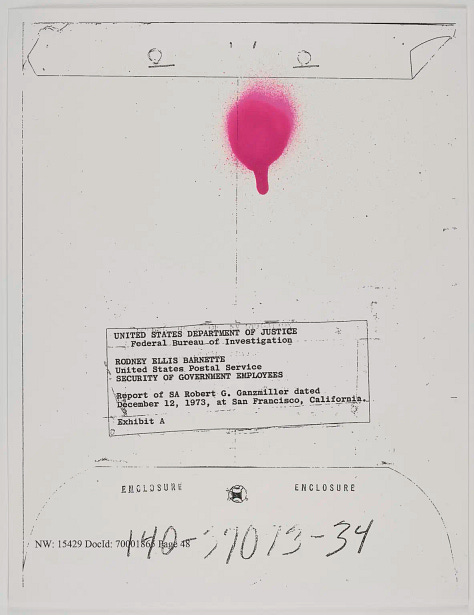



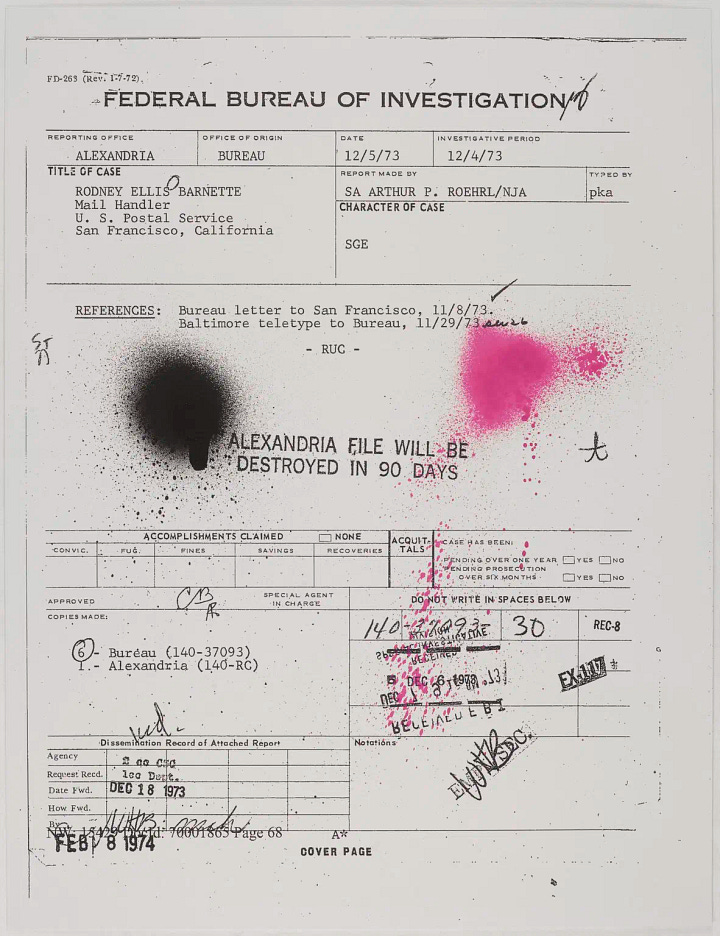
Imagine this: a daughter, standing in the shadow of her father’s struggle—not holding a photo album, but 500 pages of surveillance. Pages meant to flatten a man. To turn a father into a threat. A freedom fighter into a file. The state called it intelligence. But what it really was was an attempt to make someone unforgettable, forgettable.
But Sadie Barnette is not interested in forgetting. She takes those pages, heavy with accusation, and she refuses to let them stay ugly. She covers them in pink spray paint, dusts them with glitter, and scribbles her notes in the margins. She doesn’t erase the violence. She transforms it. She softens the hard, bureaucratic edges with beauty, daring to imagine that even state terror can be interrupted by tenderness.
In her hands, those files become sacred—not just a record of what was done but a testament to what was survived. They are not just the state’s gaze but the family’s gaze—the love, the laughter, the living that the FBI never saw and could never file away.
Standing in front of her work, I felt the weight of all the Black sons and daughters who have inherited more than trauma. We inherit the power to rewrite the record. We inherit the right to turn evidence into altar, pain into protest, surveillance into spectacle.
Barnette’s art is a lesson in reclamation. She shows us that archives are never neutral. The state’s files are full of omissions, redactions, silences- what they choose to see and what they refuse to witness. But our stories, when we claim them, adorn them, and refuse to be contained, become a different kind of evidence. Protest lives in the details: the pink, the sparkle, the handwriting, the refusal to let the state have the last word.
She doesn’t just show us the file—she rewrites it. She reminds us: being watched is not the same as being known. Legacy isn’t what they leave. It’s what we choose to carry. Art can be a shield. A weapon. A mirror. Even when the state is watching, we still choose how we are seen.
Surveillance 2.0: Where Power Hides in the Cloud
Let’s be honest: the watchers aren’t just wearing badges anymore. They’re wearing hoodies, sitting in glass offices, holding the keys to platforms we use every day.
J. Edgar Hoover could only dream of this kind of power. Today’s tech billionaires don’t need wiretaps—they have your timeline. The heads of Meta, X (formerly Twitter), Google-they sit before Congress, all polished indifference, dodging questions while their algorithms police our speech, suppress our stories, and package our data for sale. Project 2025 doesn’t just live in policy memos. It lives in code. In servers. In the invisible systems that decide what rises and what disappears.
It’s not just about book bans or anti-DEI laws. It’s about the algorithms that shadowban Black creators. The AI tools trained on racist data sets. The biometric surveillance that creeps into our neighborhoods, sold as “public safety” but always pointed at us.
When Dataminr scrapes our tweets and hands them to police, when Ring doorbells turn neighbors into informants, when facial recognition misidentifies Black teens and ruins lives in seconds, this is surveillance as product. As profit. As platform. Not just punishment—but business as usual.
Black people have always been the test subjects for new forms of control. Even on TikTok, a space where we go to laugh, to mourn, to organize, to build, the algorithm polices our joy. “Black success” —just those two words—can get your bio flagged. The algorithm doesn’t just watch; it judges. It silences.
This is why vigilance is not optional. Because behind the friendly blue apps are billionaires funding anti-Black think tanks, lobbying to deregulate AI, shaking hands with politicians who want to criminalize our resistance. The lines between state and Silicon Valley are blurring, and we are the ones caught in the crossfire.
It’s easy to treat surveillance as something abstract—as if it only matters to people doing something wrong. But this isn’t about privacy alone. It’s about dignity. About those who move through the world without being followed, flagged, or feared. Surveillance doesn’t just record. It distorts. It doesn’t just see you—it decides who you are. And for Black folks, that distortion has always been deadly.
We Are the Filekeepers
So here we are-2025. Still marching. Still watching. Still watched.
You’re not just marching. You’re archiving. Witnessing. Carrying the weight of revolutionaries and building what comes next.
You know now that surveillance doesn’t always wear a badge. Sometimes it wears a hoodie. Sometimes it has stock options. Sometimes it owns the app that makes your movement go viral—and the algorithm that can erase it in a blink.
But here’s the thing: they can’t unwrite our stories.
You carry Sadie’s glitter—not just as beauty, but as a weapon. You carry Dajerria’s tears, Darren’s fire, Rodney’s file. You carry the Panthers’ courage and the BLM generation’s clarity. Your archive is alive, annotated, and unforgiving.
You carry the future.
And you refuse to be contained.
Logging off is sometimes an act of self-preservation. But logging on-organizing, archiving, adorning the record with your own truth-is an act of resistance. We are more than the sum of our surveillance. We are the authors of the archive, the keepers of the story, the ones who decide what endures.
So keep watching. Keep recording. Keep transforming. The world tries to flatten us—into files, hashtags, headlines. But we know better. Legacy isn’t what they leave behind. It’s what we carry forward.
And we’re just getting started.
Until next time,
Marley
P.S. Thank you
for being a valiant and brilliant editor.




